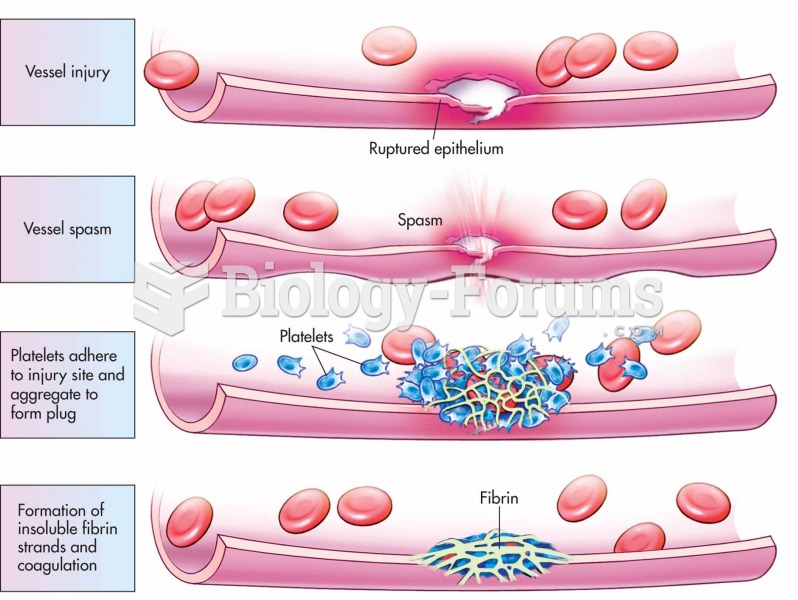Answer to Question 1
Answer: The transmission model focused on a single communication exchange and portrayed communication as the linear transmission of a message from a sender to a receiver. A sender has an intention; selects a medium of communication; encodes that intention into words, images, or actions; and sends the message through that medium. The receiver gets that message and decodes it to understand its meaning, unless the message is blocked by some kind of noise or barrier.
The concept of barriers helps explain why communication often fails. Barriers come in many forms. They may be physiological. For example, if you are speaking to someone who has hearing loss or a migraine headache, he may not be able to listen effectively and interpret what you are saying. Barriers may be psychological. If you compliment someone who does not trust you, she may interpret that compliment as a subtle criticism. Semantic barriers arise from language that is ambiguous or difficult to understand. If a colleague rushes late into a meeting and says to you, I was held up at the train station, you might ask if the robber had a gun, when your colleague simply meant that the train was delayed. Language barriers arise from senders and receivers not using a shared language. Sometimes the problem is obvious: the sender speaks only Spanish and the receiver speaks only English. Sometimes the problem is less obvious. For example, employees who are new to a company or industry may not yet understand the jargon people use.
Answer to Question 2
Answer: Students' answers may vary. There are many different channels through which to communicate: letter, email, phone conversation, voice mail, face-to-face meeting, social media, etc. When you choose your channel you should pick the one that best supports the purpose of your message. Imagine that you need to make a request of a coworker. Is it a request that could be easily made with a brief phone chat? Or does it require a more complex explanation that would best be served by a well-organized written document? You must also consider the channel that will best allow the receiver to process the information you are communicating. While a short chat may seem the quickest way to make your request to a coworker, it might have pitfalls. The coworker may be busy at the time of an unexpected phone call and not have the ability to properly focus on your request while you are speaking. Consequently, she may not understand what you are asking and either incorrectly fulfill your request or need to keep contacting you with questions. A written document, on the other hand, would allow your coworker to refer back to details of your request without asking for clarification. The selection of the communication medium has a great effect on whether or not your message is clearly communicated and correctly decoded by your receiver.







